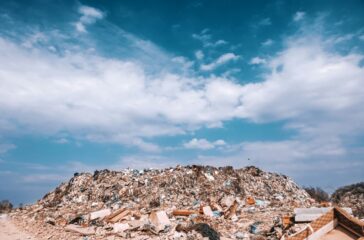Q&A: 20 years after coining “microplastics,” a researcher reflects on what needs to change
By Douglas Main
We now know that microplastics and nano-plastics are everywhere. They are found in the most remote parts of the deep ocean, on Mount Everest, in rainwater, in the food we eat and air we breathe. They’re showing up in animals and human organs, including the brain.
 EWG
EWG